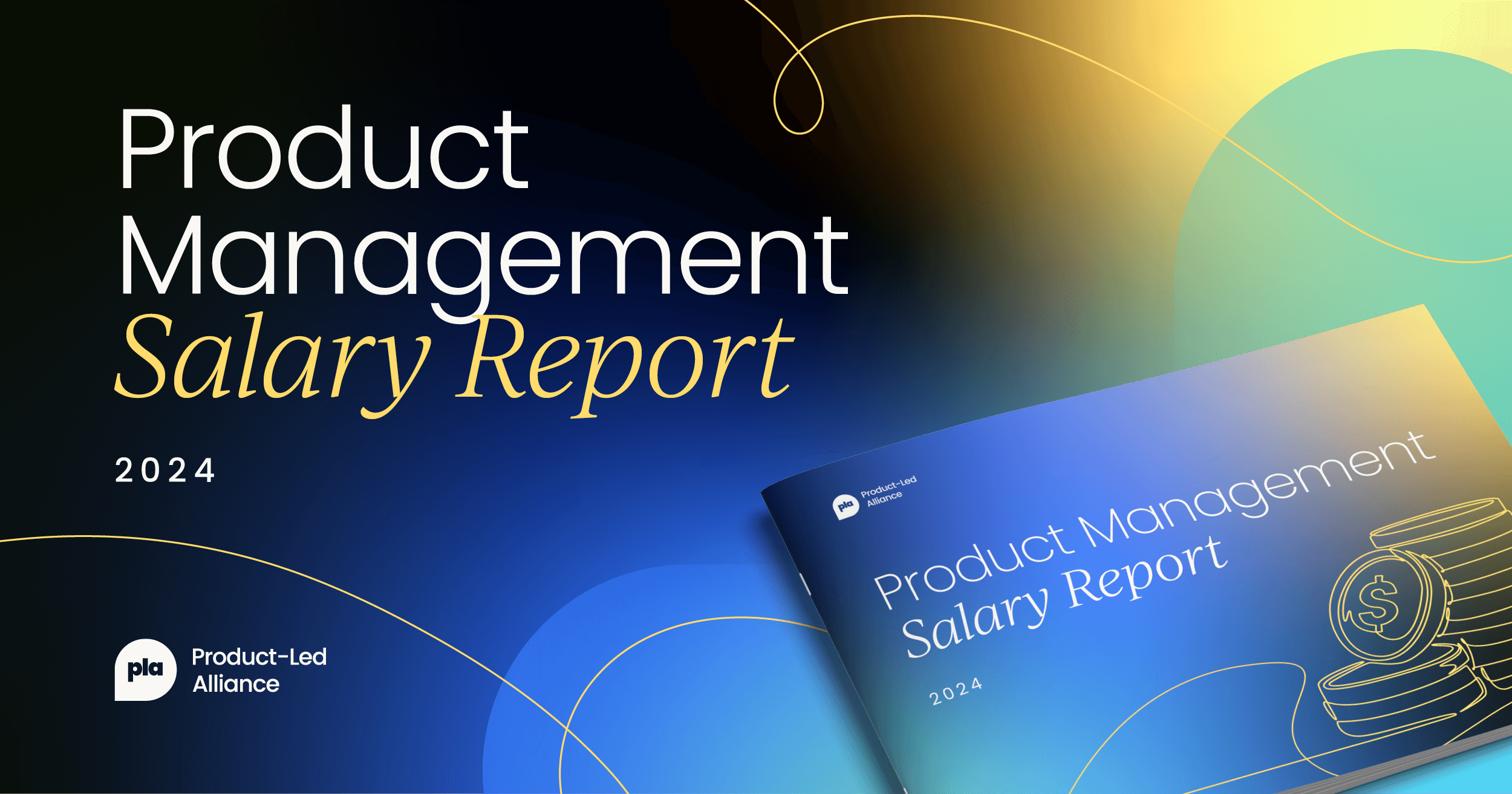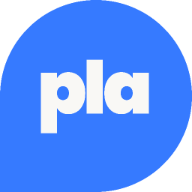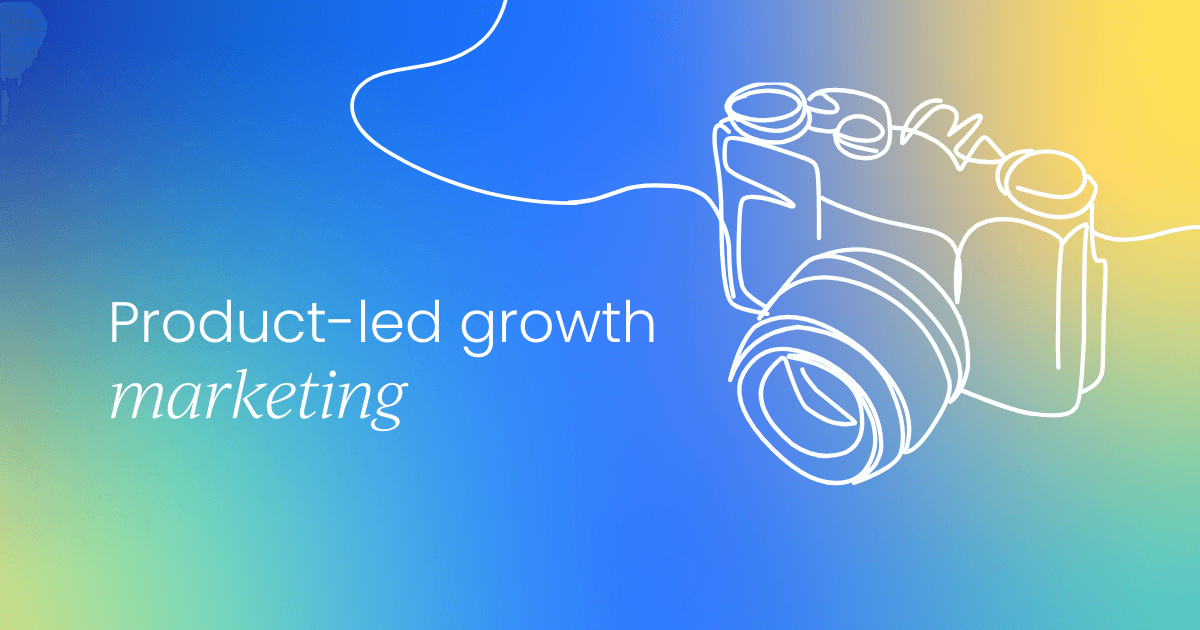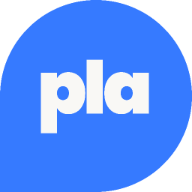If you've ever signed up for a product without talking to a sales rep, used it for free, loved it, and then upgraded to a paid plan—congratulations, you've experienced product-led growth (PLG) marketing in action.
Instead of aggressive sales or paid advertising, PLG marketing focuses on creating seamless, self-serve experiences that encourage users to explore, engage, and eventually pay for the product.
So, what makes product-led growth marketing so effective? And how can you implement it in your company? Let’s dive in.
What is product-led growth marketing?
PLG marketing is a strategy where the product itself drives user acquisition, retention, and expansion. Instead of relying on traditional outbound marketing tactics like cold outreach or expensive ad campaigns, PLG marketing leverages an intuitive user experience and self-serve access to make the product irresistible.
The key principle behind PLG is that users should be able to realize the product’s value as quickly as possible without requiring human intervention.
Unlike traditional marketing approaches that push messaging through ads, content, and outreach, PLG marketing is about removing friction and letting users experience value immediately. When done right, it creates a natural funnel where users try, love, and then buy the product without the need for a high-touch sales process.
Why it works
One of the main reasons PLG marketing is so effective is that it allows users to try before they buy. Traditional software buying processes often involve long sales cycles, multiple demos, and tedious negotiations. PLG eliminates that friction by offering free trials or freemium models where users can experience value immediately.
Slack, for example, allows users to create a free workspace and invite team members without any upfront cost. Once a company reaches a certain threshold—such as more users, integrations, or storage needs—upgrading to a paid plan becomes a natural next step.
Benefits of PLG marketing
PLG marketing also benefits from virality and network effects, which help drive organic growth. Dropbox’s famous referral program rewarded users with extra storage for inviting friends, leading to 60% growth in signups. When a product is inherently collaborative or shareable, like Google Docs or Notion, users become natural advocates who spread awareness simply by using the tool in their daily work.
Another major advantage of PLG marketing is its focus on frictionless onboarding. To succeed with PLG, businesses must ensure that users reach their ‘aha’ moment as quickly as possible—the moment when they realize the product's value.
Notion, for example, guides users through a self-serve onboarding process where they immediately see how to organize their notes, projects, and documents. Instead of waiting for a sales call or a guided demo, users can jump in and start experiencing the benefits of the product instantly.
Lastly, PLG marketing significantly lowers Customer Acquisition Costs (CAC). Since PLG marketing relies heavily on word-of-mouth, self-serve onboarding, and organic adoption, companies save money on expensive outbound sales and paid advertising.
Calendly, an online scheduling tool, grew to millions of users with minimal paid marketing simply because users shared their Calendly links, introducing the product to new audiences naturally.
Key strategies
Freemium and free trials
One of the most effective ways to implement PLG marketing is by offering a freemium or free trial model. The freemium model provides permanent access to a basic version of the product (like Slack or Zoom), while the free trial model allows users to experience the full product for a limited time before requiring payment (like Figma or Netflix).
The key to success with this approach is ensuring that the free version provides real value while making the upgrade path obvious but not pushy. Highlighting premium features that solve user pain points is a great way to encourage conversions.
Easy onboarding
Another critical strategy is optimizing the onboarding process to ensure users see value quickly. If users don’t see value right away, they churn. The best PLG companies use tooltips, checklists, and interactive tutorials to guide users, minimize sign-up steps to reduce friction, and help users achieve a quick win.
For example, Duolingo uses gamification, streaks, and rewards to keep users engaged from day one, making it easy for them to build a habit of learning.
Networking
PLG marketing also thrives on virality and network effects, meaning that making sharing irresistible can accelerate growth. Offering incentives for referrals, like Dropbox’s free storage or Airbnb’s travel credits, can encourage users to bring others into the product.
Building in collaboration features, as Slack and Figma have done, can make the product naturally viral, since users invite teammates or colleagues to join. Creating social sharing moments, such as Spotify’s Wrapped campaign or TikTok challenges, can help expand brand awareness organically.
Content marketing
Product-led content marketing is another essential pillar of PLG. Unlike traditional content marketing, which often focuses on what the product can do, PLG content marketing shows users how to get the most value from the product. Tutorials, how-to guides, and interactive demos that solve real pain points help users become more engaged.
Ahrefs, an SEO tool, does this exceptionally well by educating users through detailed blog posts and YouTube videos, making them more likely to convert.
Growth loops
Using product analytics for growth loops is also critical for a successful PLG strategy. Since PLG marketing is highly data-driven, companies must analyze user behavior to improve retention and expansion. Identifying what features drive engagement and using in-app nudges to promote premium features at the right time can help boost conversions.
For example, Zoom tracks how many meetings a free user hosts, and if they frequently hit the free time limit, they receive an upgrade prompt at the perfect moment.
Upselling and expansion
Finally, making upselling and expansion seamless can help businesses grow revenue without requiring a heavy sales push. Many PLG companies use usage-based pricing models, like HubSpot and AWS, where users pay based on how much they use the product. Others offer team-wide collaboration tools that encourage company-wide adoption, as seen with Miro’s expansion from individual users to enterprise-wide deployments.
Real-world success stories
Several well-known companies have successfully leveraged PLG marketing to achieve massive growth. Slack went from zero to millions of users with almost no paid marketing by offering free workspaces for small teams, making viral sharing effortless, and allowing teams to self-upgrade when they outgrew the free plan.
Zoom became a dominant player in video conferencing by providing a frictionless free version with 40-minute meeting limits, seamless onboarding with no downloads required for guests, and network effects that encouraged users to invite others.
Canva also built an empire by making design accessible to everyone. The platform offers a free, easy-to-use design tool, viral templates that users can share, and a freemium-to-pro model that encourages upgrades for additional assets and team collaboration features.
How to transition to a PLG marketing approach
To successfully transition to PLG marketing, companies should first evaluate whether their product has self-serve adoption potential. Improving the onboarding experience to remove friction is essential, as is implementing a freemium or free trial option to let users experience value firsthand.
Optimizing for virality and organic referrals can further drive growth, and using product analytics to refine the user journey can help boost retention and expansion.
Final thoughts
Product-led growth marketing is the future of scalable, cost-efficient growth. Instead of relying on expensive sales teams and advertising, let your product do the heavy lifting. By focusing on seamless onboarding, organic adoption, and data-driven expansion, your product can become its own best marketing tool.
Staying informed about global compensation trends is essential to advancing your career and negotiating effectively.
That’s why we surveyed PMs across the globe to get an in-depth look into what they’re making so you can act accordingly.




 Follow us on LinkedIn
Follow us on LinkedIn




